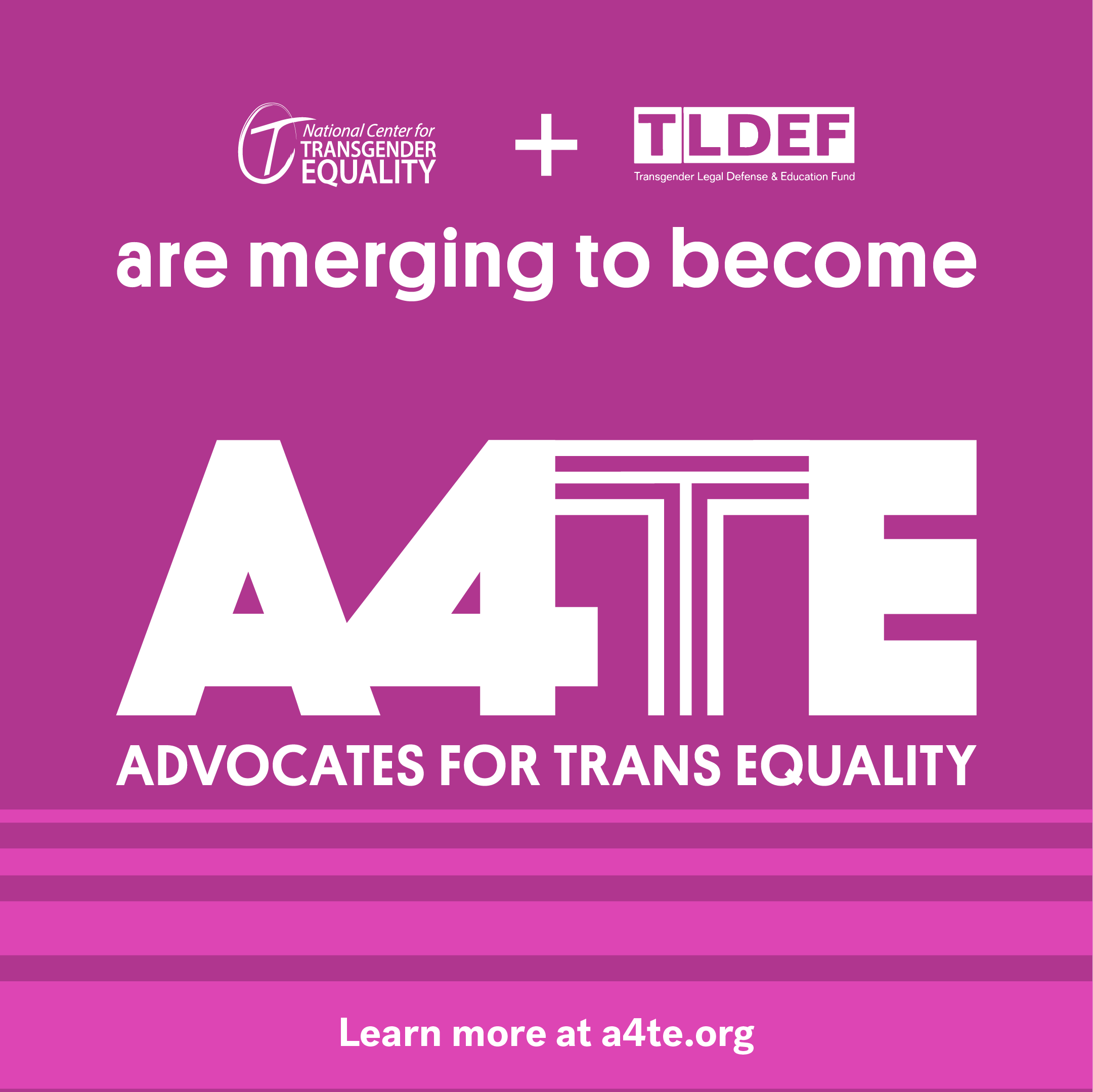Bathroom access for transgender people has recently become a focal point of conversation and debate. This page includes information for transgender people and allies on responding to various questions and concerns regarding bathroom access.
If you need more information on what it means to be transgender, visit Frequently Asked Questions about Transgender People. For more information on how to be supportive of transgender people, visit Supporting the Transgender People in Your Life: A Guide to Being a Good Ally.
Transgender-inclusive policies are not a safety risk.
If they were, we would know by now, as transgender people have been using public bathrooms and locker rooms for decades. Policies that allow transgender people to use the correct bathroom—the bathroom that best matches the transgender person’s identity—do not legalize harassment, stalking, violence, or sexual assault. Those behaviors are, and will continue to be, against the law for anyone, anywhere.
Hundreds of cities, school districts, and 18 states already protect transgender people's right to use restrooms, and none have seen a rise in incidents of people attacking anyone or of people pretending to be transgender in order to get access to restrooms.
Similarly, law enforcement officials and sexual assault advocates in states and cities that already have trans-inclusive policies in place have said over and over: the claim that these policies cause safety problems is absurd and completely false.
Forcing transgender people to use private or separate bathrooms is not the solution.
Offering separate or private bathrooms is a great way to ensure anyone can feel comfortable when they go to the bathroom, whether or not they're transgender. However, private bathrooms may be unavailable or very inconvenient to access. More importantly, forcing transgender people to use private bathrooms when other people do not have to is isolating and reinforces the idea that transgender people are somehow harmful and should be kept separate from everybody else.
Excluding transgender people from public restrooms does not protect anyone’s privacy.
Lots of people feel uncomfortable in public restrooms, and that was true long before the current public debates about access for transgender people. Transgender people also want privacy in bathrooms and they use the bathroom for the same reason as everyone else: to do their business and leave. Thankfully, bathrooms have stall doors so this is not an issue. Opponents of equal rights are using a desire for privacy—without discussing what privacy truly means—as a way to harm transgender people.
We can have productive and respectful conversations about how to make restrooms and locker rooms more comfortable for everyone, without making it about transgender people.
Allowing transgender people to use the correct bathroom does not mean women will have to share bathrooms with men, or vice-versa.
Transgender-inclusive policies do allow for men’s and women’s rooms, and do not require gender-neutral bathrooms. Instead, transgender-inclusive policies allow all people—including transgender people—to use the bathroom that best matches their gender identity. Those who are living as women use the women’s room, and those that are living as men use the men’s restroom.
For many non-binary people, figuring out which bathroom to use can be challenging.
For non-binary people, who don’t identify fully as either male or female, using either the women’s and the men’s room might feel unsafe, because others may verbally harass them or even physically attack them. Non-binary people should be able to use the restroom that they will be safest in. Learn more about non-binary people at Understanding Non-Binary People: How to Be Respectful and Supportive.
Nondiscrimination laws don’t violate anyone’s religious freedom.
Everyone—including transgender people—should be treated equally under the law. Like all nondiscrimination protections, trans-inclusive policies don’t require anyone to change their religious beliefs: they simply ensure that transgender people can live, work, study and participate in public life according to their identities.
Transgender people may have some legal protections, but still need strong and comprehensive nondiscrimination laws and cultural acceptance to truly thrive.
Laws alone won’t protect transgender people without increased public awareness, outspoken allies, and a society that values the dignity of transgender people.

